
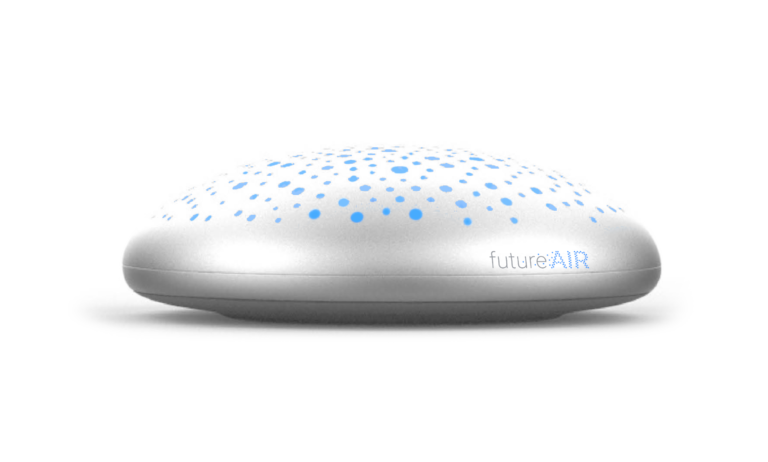
The world’s first Smart Air Manager
SAM™
Air is about more than temperature.
Carbon Dioxide
(CO₂)
Reduces Cognitive
Functioning

Particulate Matter
(PM)
Affects Allergies &
Respiratory Disease

Volatile Organic Compounds
(VOCs)
Impacts Eye, Nose,
Throat Irritation & Cancer
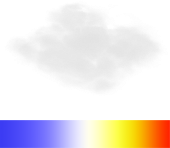
Temperature &
Relative Humidity
Affects Comfort & Conditions
for Mold & Viral Particulates
A beacon for smart, healthy, energy-efficient air.
Senses
& Measures

Measures levels of indoor air pollutants(CO₂, PM, VOCs); temperature and humidity.
Collects
& Analyzes

Collects high resolution data
and analyzes quality of air based
on international thresholds.
Predicts
& Initiates Solution
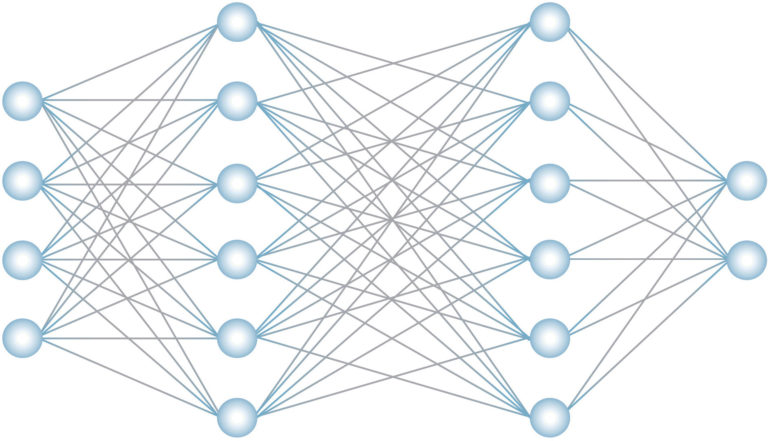
Activates machine learning to recognize and predict trends to solve problems before they occur.
Acts
& Improves Air
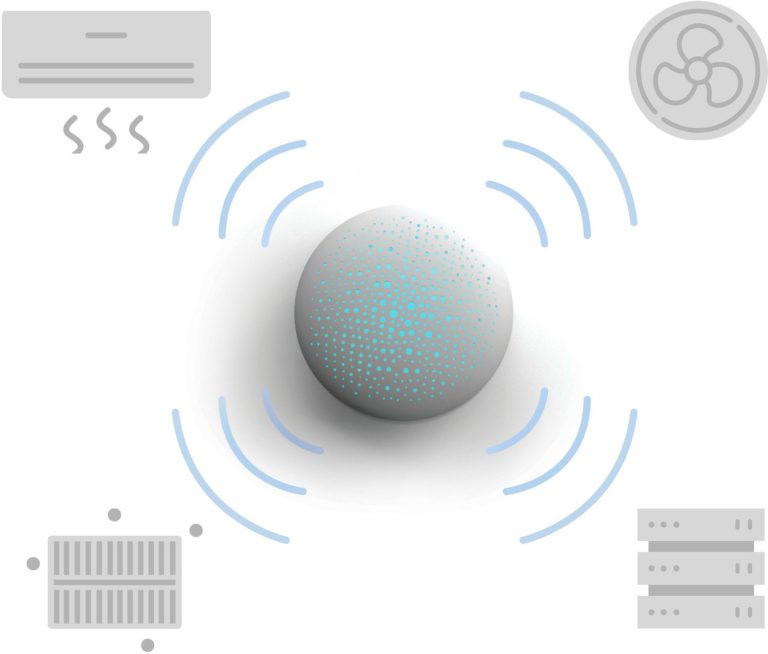
Connects with building management systems (BMS), connected air filters,, purifiers, humidifiers to improve air.
Intuitive color system
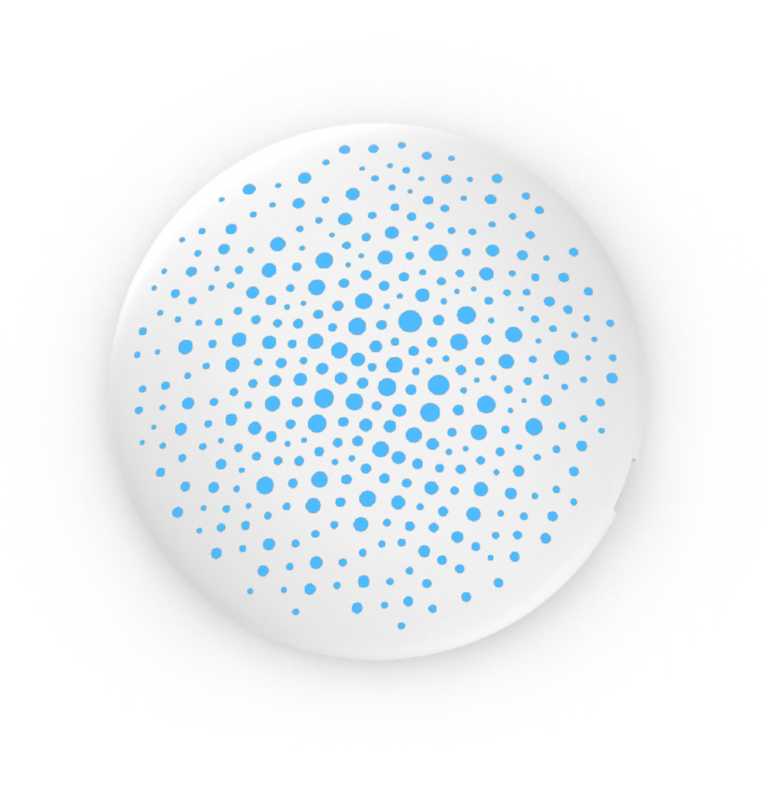
good levels
air quality
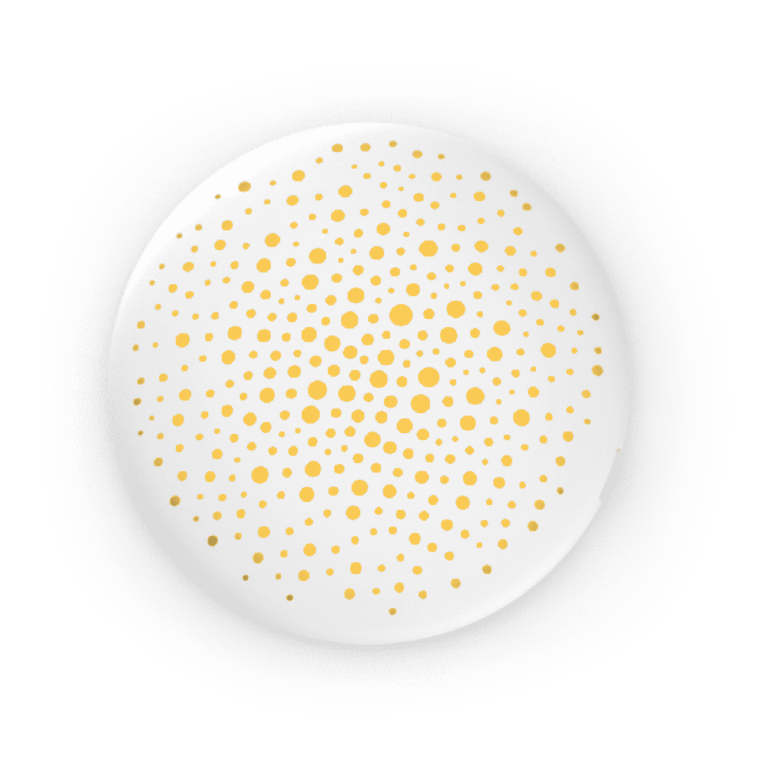
moderate levels
air quality
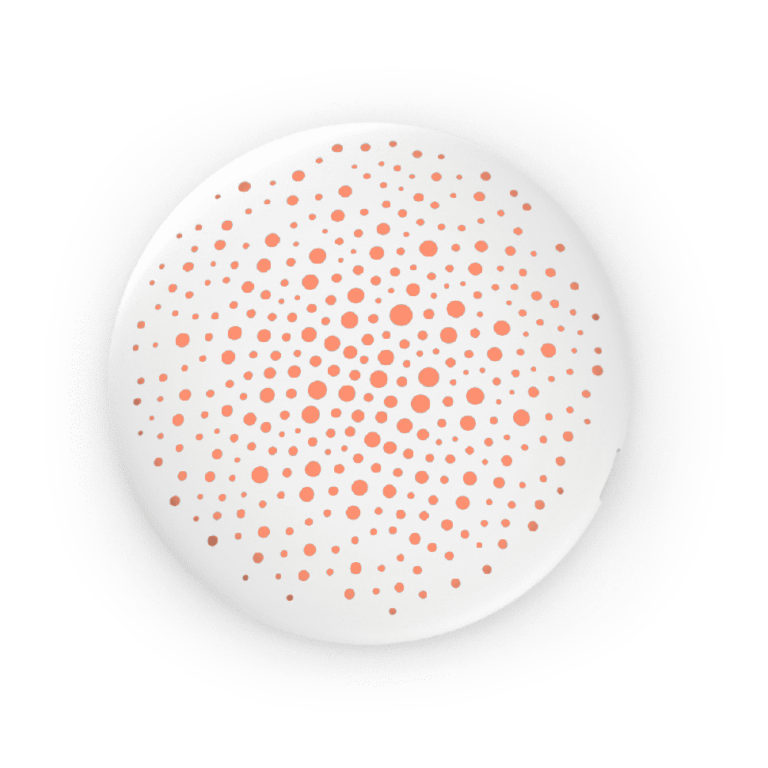
unhealthy levels
air quality
Real time data, insight, and analytics, accessible anywhere.
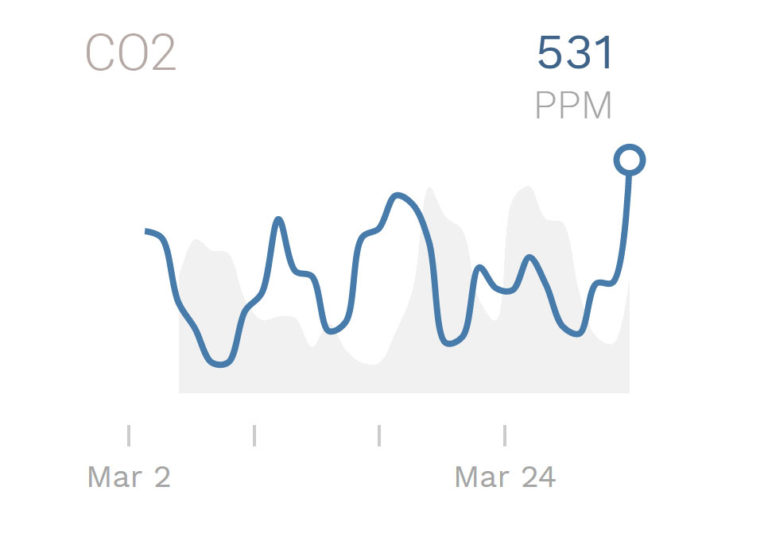
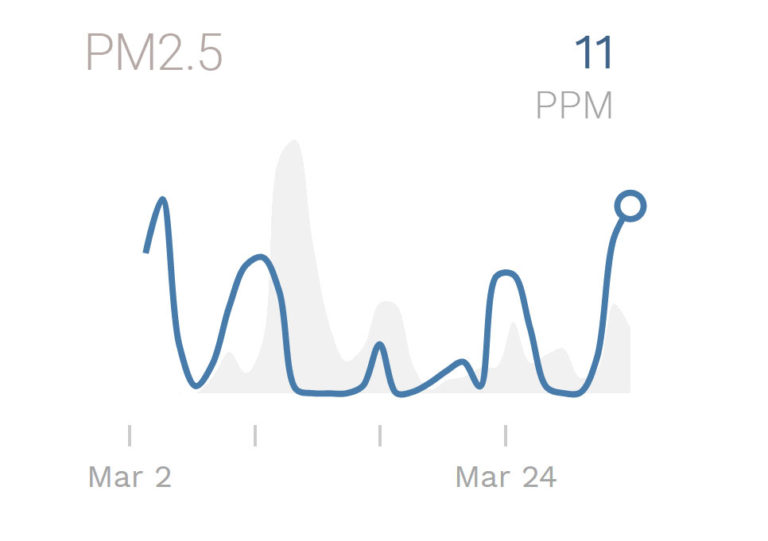
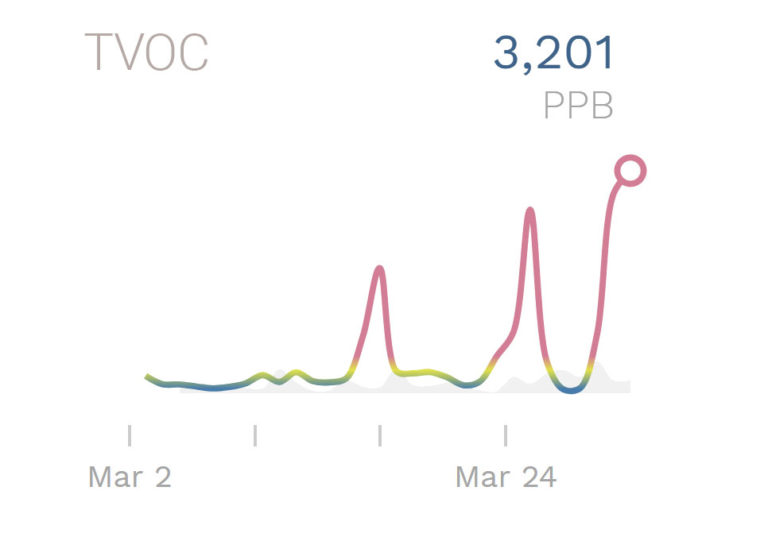
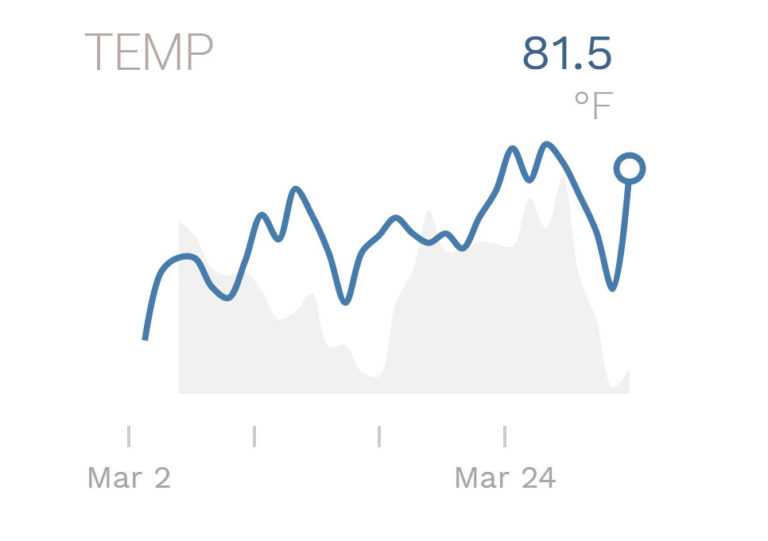
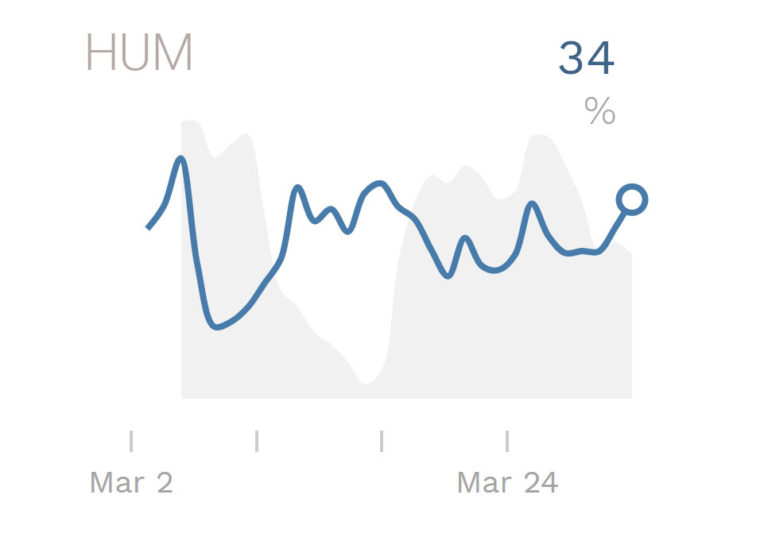
View data by hour, day, week or month(s) on FutureAir’s live dashboard with access to raw data for the more granular data. SAM™ detects patterns over periods of time (minutes, hours, days, months) to identify and solve indoor air quality problems.
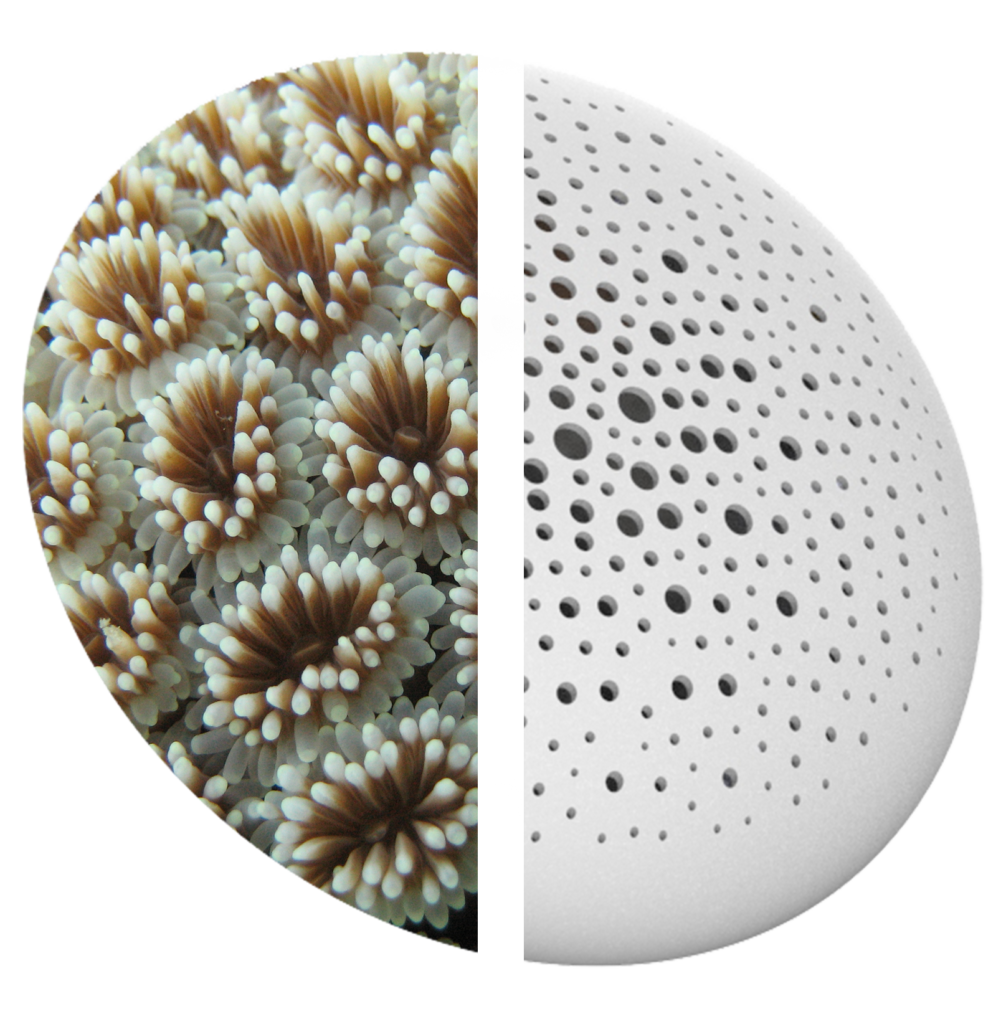
Like nature, SAM™ responds intelligently to subtle changes in atmospheric conditions.
– Ross Lovegrove
